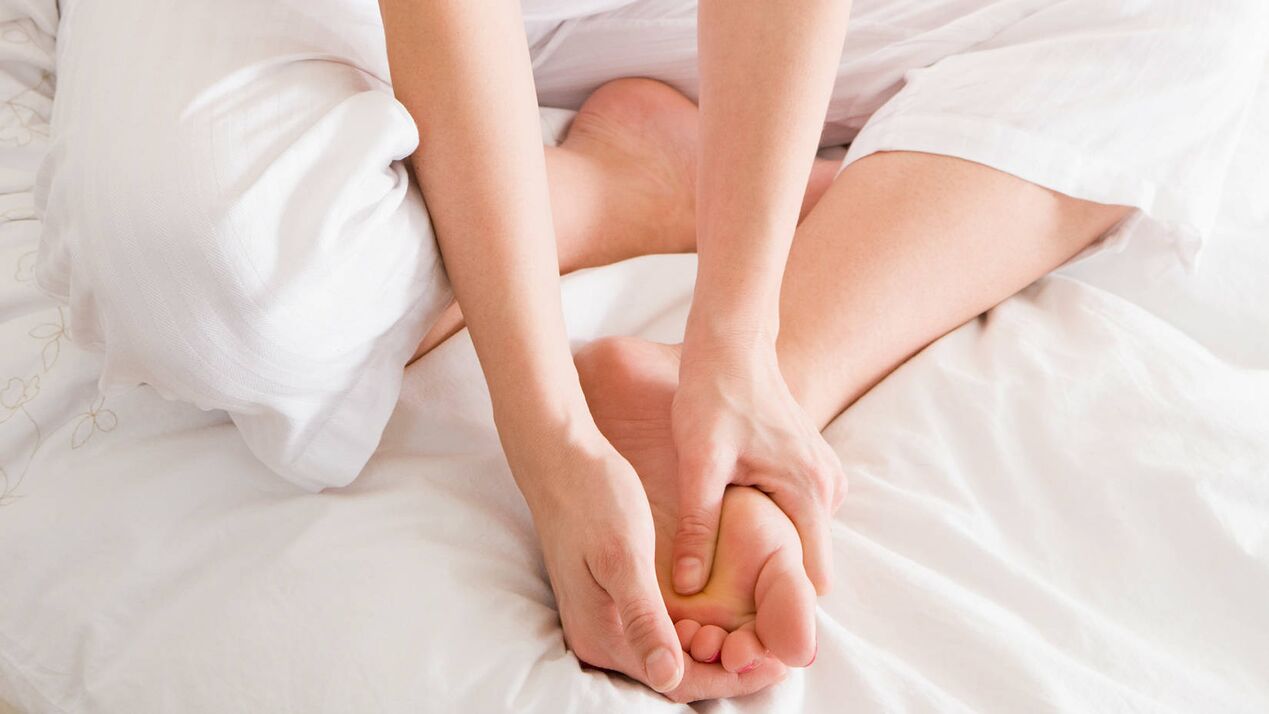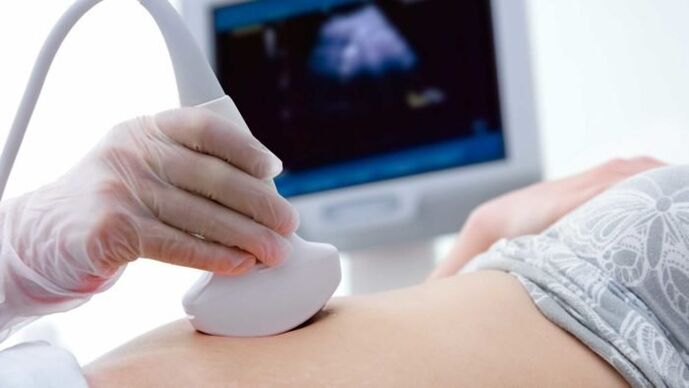What are varicose veins? The disease is characterized by swelling of the peripheral veins under the skin. This disease has no age restriction, that is, the disease can appear even in a child.
Experts advise treating varicose veins comprehensively. Therapy includes drugs and traditional medicine. In severe cases, surgery is required. The symptoms and treatment of varicose veins in the legs vary.
causes
There are factors that provoke the pathology of the veins in the legs. Lifestyle is one of the most important factors. If a person is frequently in the same position, such as standing or sitting, the risk of the occurrence increases by 70%.
Incorrect shoes or physical activity above the norm can develop the disease.
Formed varicose veins on the legs in women carrying a child. This is because the body is subjected to a lot of additional stress. Another reason is hormonal failure, which can occur when taking birth control pills.
Indirect reasons include the following factors:
- smoking tobacco. Toxic substances impede the process of hematopoiesis, which disrupts the work of blood vessels.
- depression and prolonged stress. The nervous system is directly connected to the blood vessels. With injuries to the central or autonomic nervous system, the walls of the vessels become thinner and not elastic.
- Physical activity is above normal. Varicose veins of the lower extremities are common in athletes who want to gain muscle mass. Excessive exercise contributes to the development of varicose veins.
- Wrong shoes. Walking in heels often provokes varicose veins. For this reason, the pathology is most characteristic of women. When walking in high heels, the entire load falls on the legs, with the veins inexorably suffering.
Another reason is hereditary predisposition. In the presence of the disease in relatives, the risk of getting varicose veins increases.
symptoms of the disease
Signs of varicose veins in the legs in both women and men develop gradually. Many men and women do not pay attention to the first signs of varicose veins, referring to other factors. Neglected varicose veins tend to be difficult to treat precisely because they are treated too early. Symptoms of the disease include the following:
- A network of vessels that appears on either the inner thigh or calf at the onset of the disease.
- Toward the evening, the patient worries about fatigue in the legs, a feeling of heaviness, internal itching. It seems that the leg is constantly itching, although scratching does not bring results.
- At night, the patient often has cramps in the lower extremities.
- Swelling is observed after sleeping.

The above symptoms are typical for the initial stage of the development of varicose veins. With the timely start of treatment, it is possible to completely eliminate the disease without recurrence or consequences. If a person does not pay attention to the first signs, varicose veins continue to develop. In this case, the symptoms of varicose veins in the legs are as follows:
- Venous nodules appear to protrude above the skin.
- Pain is observed when palpating the veins in the legs.
- Pain resembling muscle pain is observed with any movements or when walking.
- The legs get tired much faster, there is a feeling of heaviness.
Varicose veins of the lower extremities can lead to serious complications that affect the patient's quality of life. That is why experts recommend taking care of your own well-being and at the slightest symptom of varicose veins in the legs, immediately consult a doctor.
diagnosis
This diagnosis can only be rejected or confirmed by a vascular surgeon or a phlebologist. A qualified specialist can detect this pathology even at the initial stage. First, the doctor examines the affected area of \u200b\u200bthe skin, asks general questions: how long have the first signs of varicose veins passed, what symptoms bother the patient, was there any treatment at home.

In order to finally verify the diagnosis and determine the severity of the disease, the following types of diagnostics are used:
- ultrasonic procedure.
- Venography with contrast medium.
Today, phlebography is more often used as a diagnosis, since this method is the most accurate and informative.
Treatment of varicose veins
How to treat varicose veins in the legs in women? Only a phlebologist can prescribe the right treatment. Depending on the severity of the disease, different treatments are used. Surgical interventions are used only in advanced stages of the disease, when drug therapy does not work. Comprehensive treatment for varicose veins includes the following:
- Tight gauze bandages, compression underwear, elastic bandage.
- A useful substance for varicose veins is hirudin. Naturally, this element can be obtained through the bite of a leech.
- Endovascular laser coagulation is a method of closing subcutaneous veins using laser beams.
- Sclerotherapy is the removal of veins by injecting a substance through very fine needles.
- Massage - used to thin the blood and improve circulation.
- Taking anti-inflammatory pills, using external ointments.
Treatment with folk remedies
How to cure varicose veins? Everyone who is confronted with a diagnosis asks this question. As mentioned above, phlebologists advise to approach this problem comprehensively. Against the background of drug treatment for varicose veins, some recipes of traditional medicine are successful and effective.

Consider how to treat varicose veins in the legs in women:
- Garden tomatoes help eliminate itching and relieve tension. Both ripe and green tomatoes are suitable for recipes. Slice the tomato and place it on the affected area. Fix with bandages. Vegetables should be replaced with fresh ones every three hours. Homemade tomatoes have the most benefit over store-bought ones. You need to apply tomatoes throughout the day. The next day you will feel lightness in your legs.
- Lubricate a cabbage leaf with olive oil and apply to swollen veins. Secure with bandages and leave on for at least 7 hours. It is advisable to treat at night. For severe pain, you can use the recipe daily at night.
- We generously grease the cotton fabric with liquid blossom honey. We wrap the leg and fix it with an elastic bandage from above. We go for 3 hours. It is recommended to do the procedure every three days.
- Halve the green walnuts and place in a quart jar. Top up with vodka or medicinal alcohol. Close the lid and put in a dark place for a week. Every evening, when the tincture is ready, rub your legs from heels to thighs with massage movements.
- Pour water over the leaves and flowers of the St. John's wort and bring to the boil. Turn off the fire and cover with a lid. After 6 hours the broth is ready. We put the cotton fabric in the broth, wring it out slightly and fix the fabric on the affected leg. This recipe will help get rid of itching and pain. You can use the recipe daily.
- Squeeze aloe juice into a glass bowl. Overall, you should get at least a tablespoon. Add five drops of almond oil and 3 drops of camphor oil. We heat in a water bath until about 40 degrees. About three times a week we rub the swollen veins and skin.
- We take lilac flowers and put them in an enameled container. Pour 0. 5 liters of sunflower oil. Put in a water bath and bring to a boil. Cool to room temperature and rub onto damaged skin. Top with a gauze bandage. we go for the nightThe procedure must be carried out at least three times a week.
Possible complications
Varicose veins of the lower extremities require timely treatment. If you do not take therapeutic measures, the following complications may arise:
- pulmonary embolism.
- Thrombosis.
- thrombophlebitis.
- Phlebitis.
- Rupture of a vein.
- Dermatitis.
Precautions
Those who are most at risk of developing varicose veins in their legs should take preventive measures. First of all, this group of people includes those whose close relatives are susceptible to the disease. You should also pay special attention to your health for women who are expecting a baby and people whose work requires regular sitting or standing. Consider general recommendations:
- To lead an active lifestyle. Walk more, exercise more, exercise several times a day. If the lifestyle and the hustle and bustle of work do not allow you to play sports, then in this case there is a rational solution: leave work, get off the transport a few stops earlier. A daily walk replaces exercise.
- If most work hours require a seated position, try to move your legs, including your fingers, more often. To vary the position of the legs, experts advise starting a stance about 30 cm off the ground and periodically raising your legs.
- Women should stop taking hormone pills and consult a doctor to prescribe another type of contraceptive.
- Don't wear heels that are too high every day.
- Quit smoking and other bad habits.
If you notice heaviness, spider veins on the legs or pain in the lower extremities, contact a phlebologist. Prescribed therapy in the early stages will help to avoid serious complications and relapse.

























